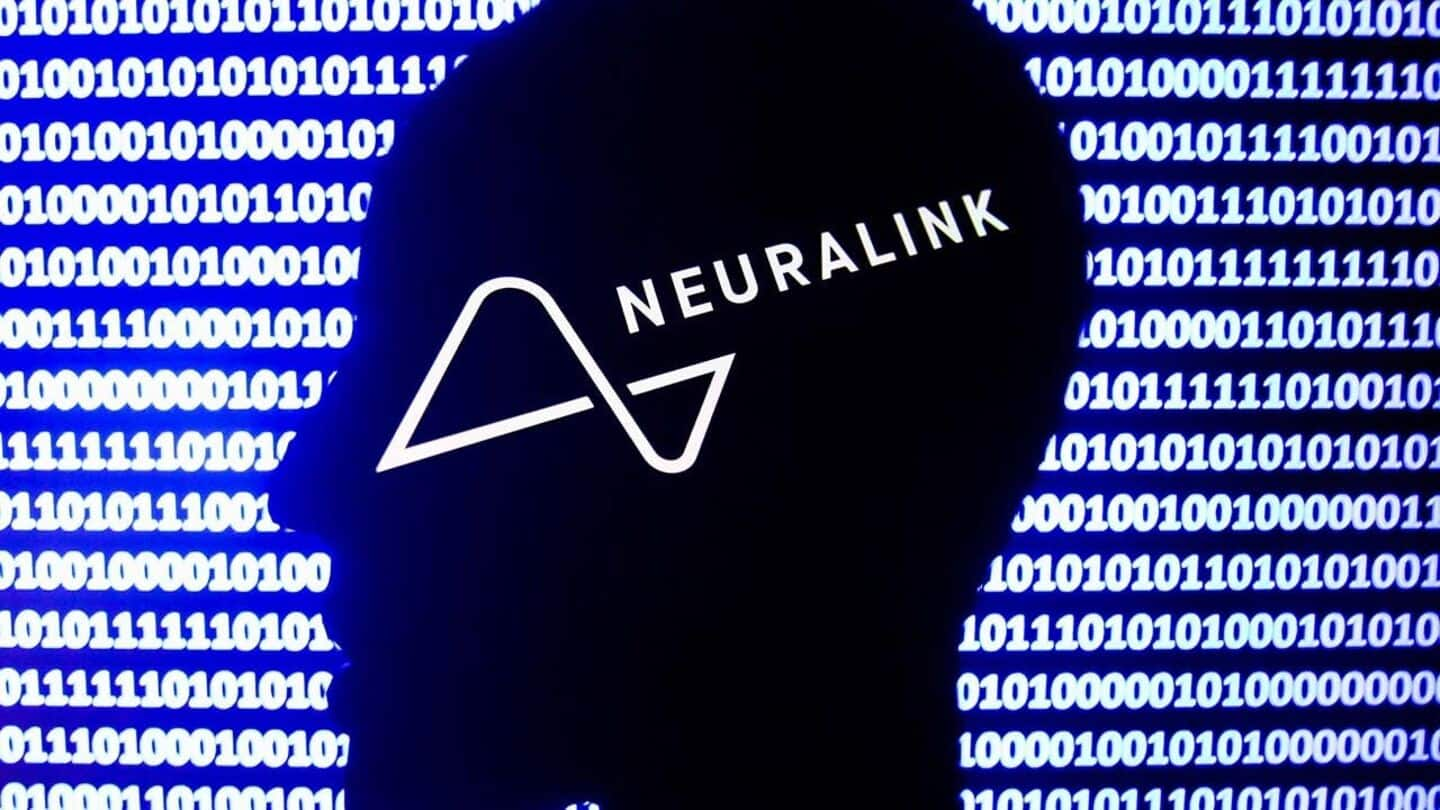
Third Neuralink human trial success—ALS patient speaks using brain implant
What's the story
Brad Smith, the third person in the world to get a Neuralink brain implant and the first with Amyotrophic Lateral Sclerosis (ALS), has posted a video on X showing how he can communicate again. Although non-verbal due to ALS, Smith controls his MacBook Pro and speaks through a cloned voice using Neuralink's sophisticated brain-computer interface (BCI). His emotional post read: "Even though having ALS sucks, I am happy, and God has answered my prayers—life is good."
Tech utilization
Neuralink implant aids Smith's computer control
Smith's battle with ALS has crippled his body, restricting him to only move his eyes and the corners of his mouth. However, the Neuralink implant has given him some independence back by allowing him to control a computer cursor through brain signals. With this, he can create and edit videos, using an AI-cloned voice from recordings made before he lost his ability to speak.
Implant details
Neuralink's brain implant: A technological breakthrough
Founded by Elon Musk, Neuralink is at the forefront of developing brain implants for people with severe motor disabilities like Smith. The implant, embedded in Smith's motor cortex (which controls movement), connects wirelessly to a computer. It has 1,024 electrodes that capture neuron activity and send it to a computer where AI processes the data and decodes intended movements.
Control methods
Smith's innovative control method and communication tools
Smith has learned to control the cursor with his tongue, a technique that proved more precise than earlier attempts with his hand. The BCI also includes a virtual keyboard for typing and communication. To speed up communication, Neuralink has also developed a predictive text system, including an AI-driven chat app that listens to conversations and suggests responses in Smith's cloned voice.
Journey
Smith's journey with Neuralink: A personal perspective
Smith is now training on a new keyboard for single-finger or mouse use, to improve his typing speed. He thanked the technology, saying, "Neuralink has given me freedom, hope, and faster communication. Overall, the whole Neuralink experience has been fantastic." Even with ALS, Smith finds purpose in working with Neuralink and thinks his condition has brought him closer to serving others and being with family.
Twitter Post
'Typing this with my brain'—Take a look at Brad's post
I am the 3rd person in the world to receive the @Neuralink brain implant.
— Bradford G Smith (Brad) (@ALScyborg) April 27, 2025
1st with ALS. 1st Nonverbal.
I am typing this with my brain. It is my primary communication.
Ask me anything! I will answer at least all verified users!
Thank you @elonmusk! pic.twitter.com/bxYO3SBfA2